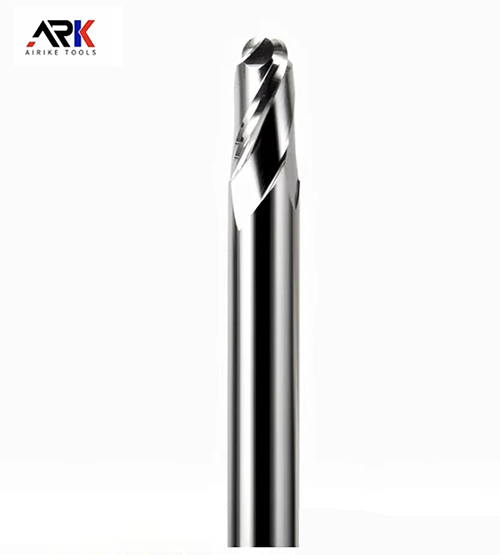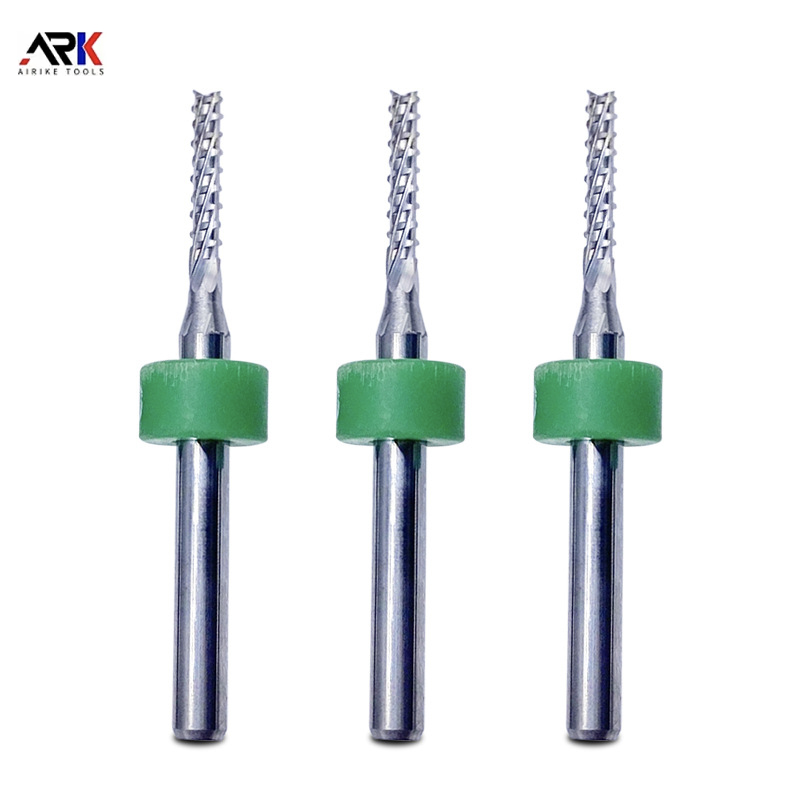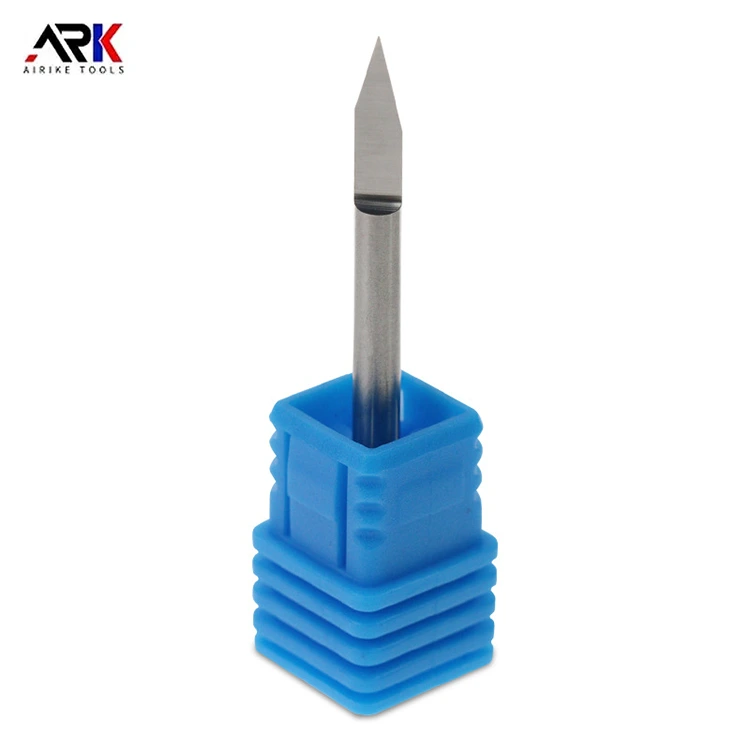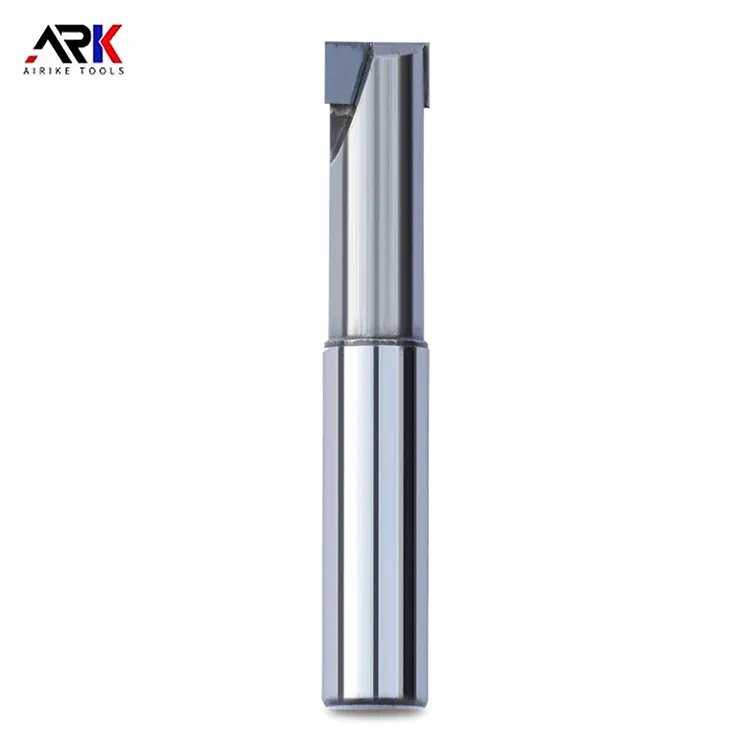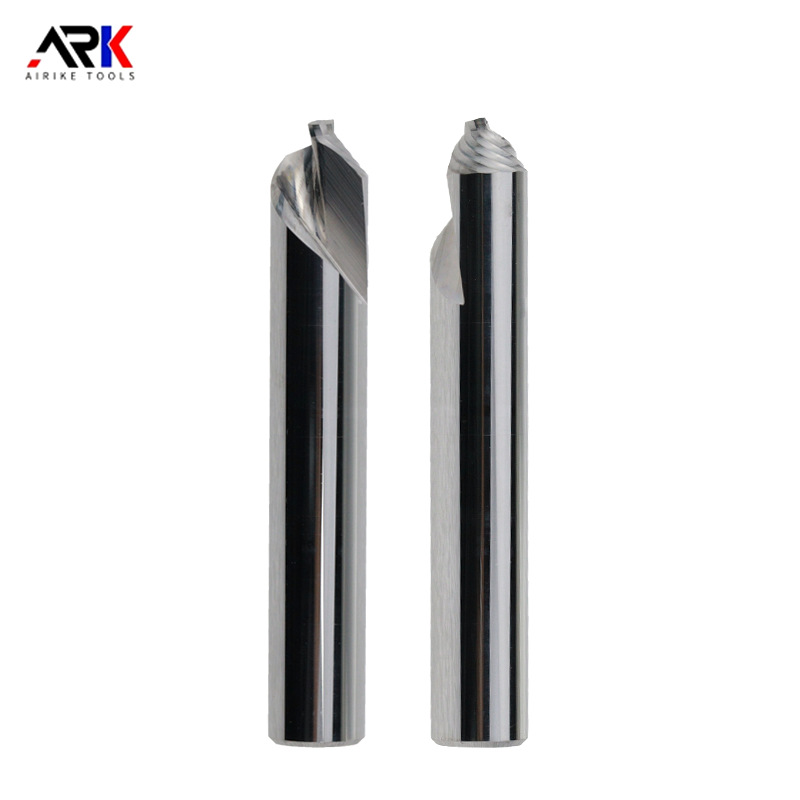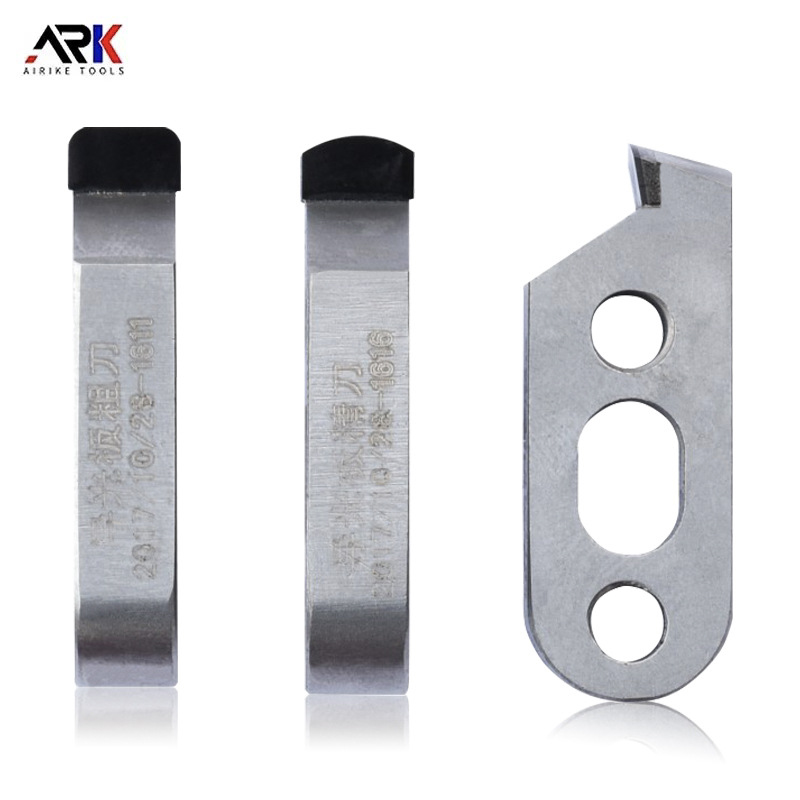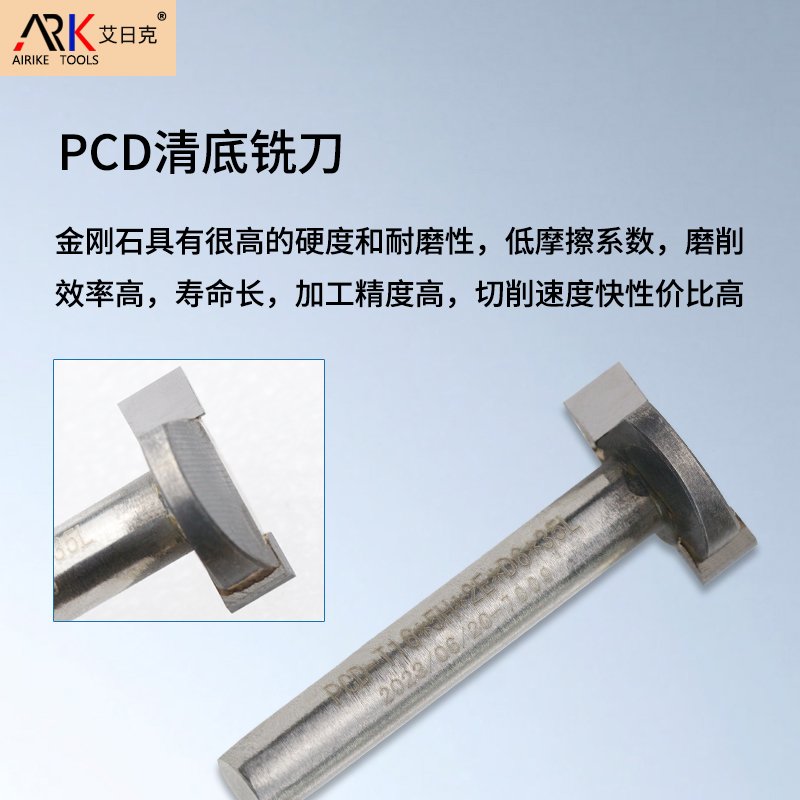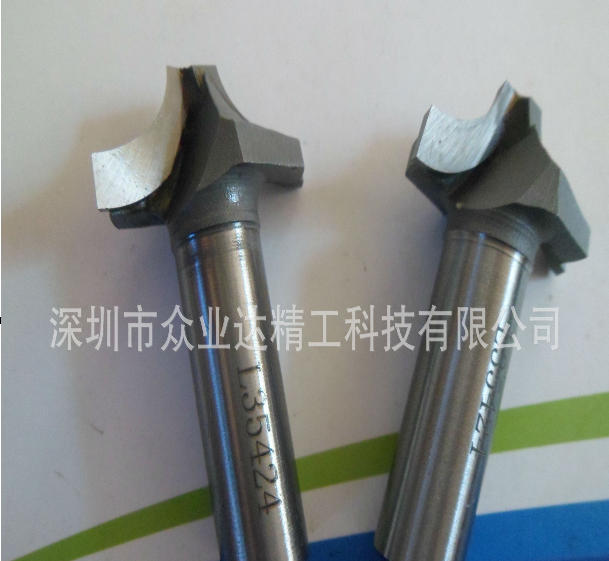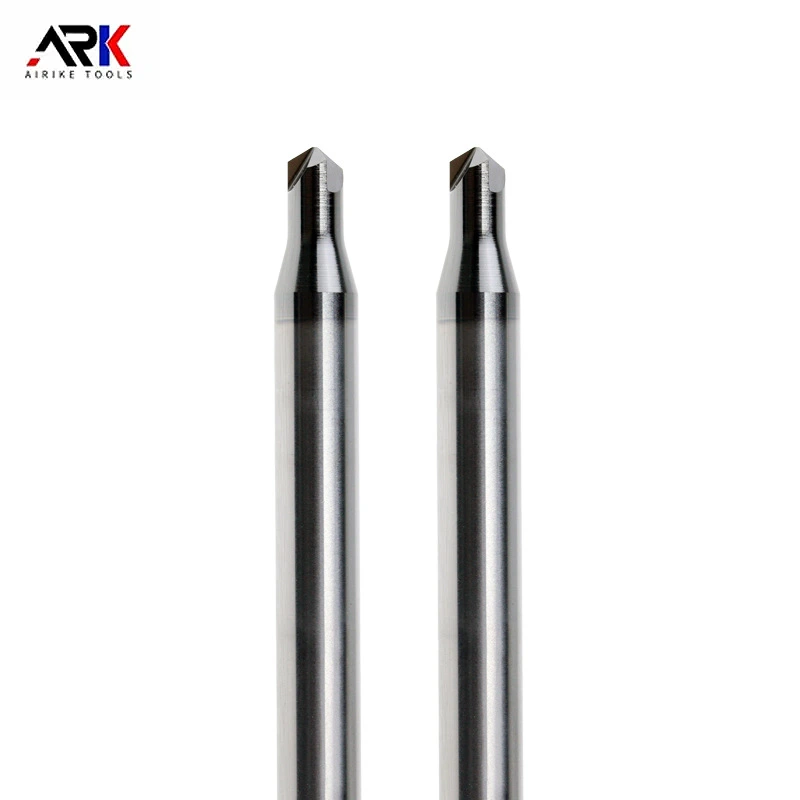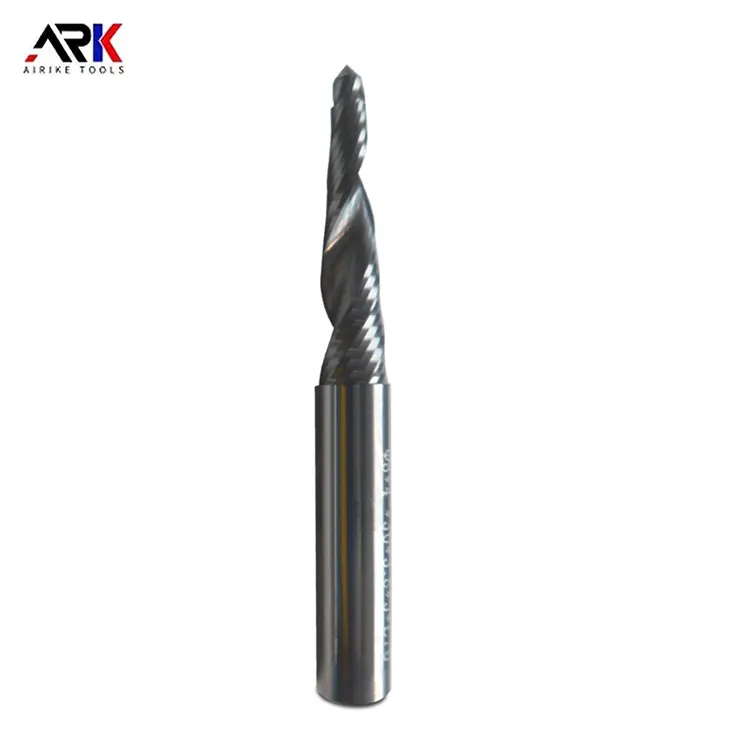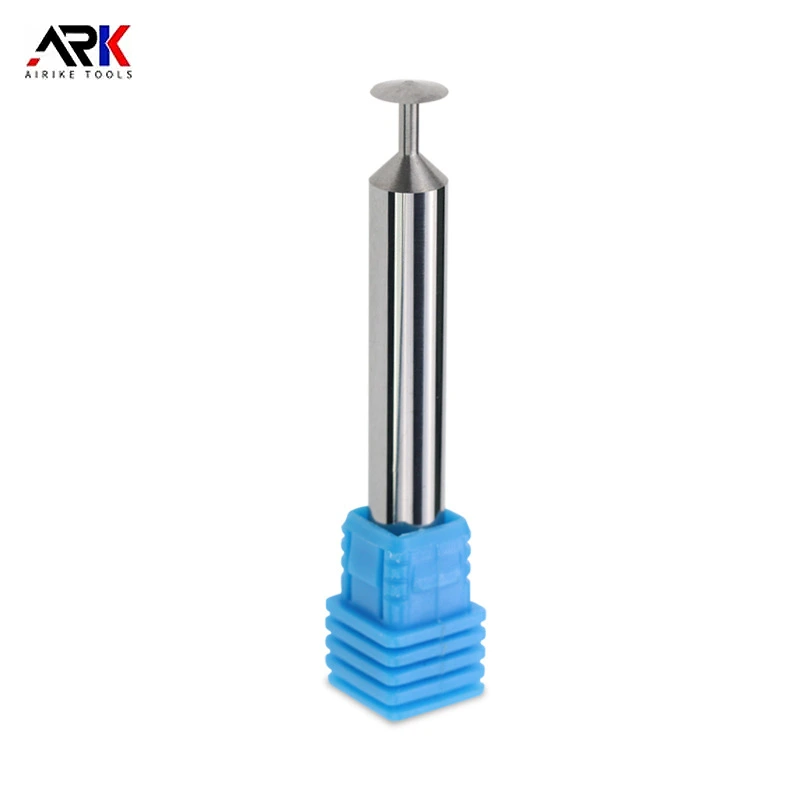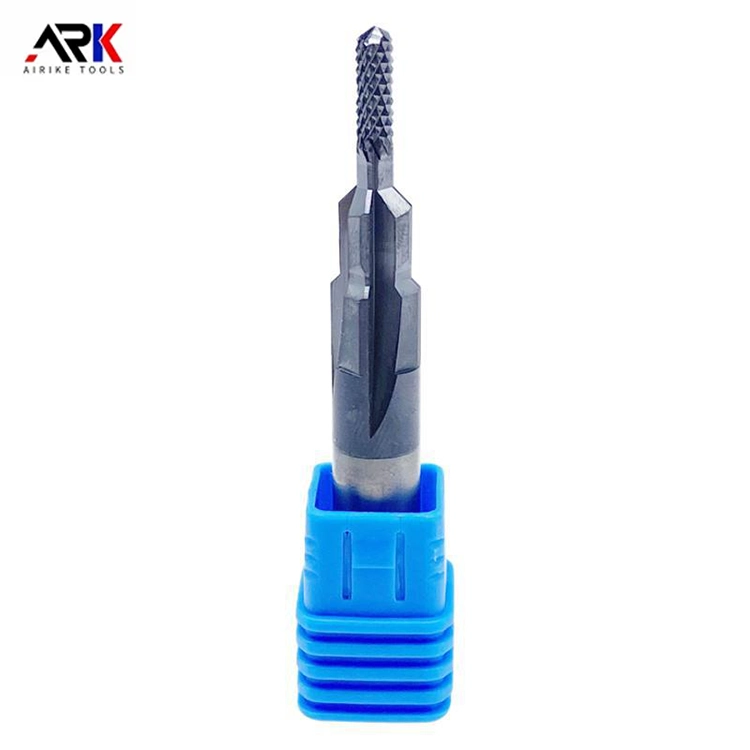Email Us
What are the differences between woodworking milling cutters and metal milling cutters?
Woodworking milling cutters are mainly used for cutting and processing materials such as wood, plywood, and medium-density fiberboard. It can easily cut planes and cut wood into flat boards or particle boards; it can also easily cut holes and accurately open the required specifications and angles on the surface of wood. So what is the difference between woodworking milling cutters and metal milling cutters? Let's take a look at it together!
Differences between woodworking milling cutters and metal milling cutters:
1. Design differences
Rake angle and back angle: Woodworking milling cutters usually have larger rake angles and back angles. This design helps to obtain a sharp edge, thereby reducing cutting resistance.
Number of cutting teeth: Woodworking milling cutters have relatively fewer cutting teeth, which provides them with a larger chip space and helps to effectively discharge wood chips during the cutting process.
Metal milling cutters
Rake angle and back angle: Compared with woodworking milling cutters, metal milling cutters may have smaller rake angles and back angles to adapt to the cutting characteristics of metal materials.
Number of cutting teeth: Metal milling cutters may have more cutting teeth to improve cutting efficiency and precision.
2. Material selection
Woodworking milling cutters
In addition to traditional tool steel and alloy steel, woodworking milling cutters also widely use carbide. The use of carbide improves the wear resistance and service life of woodworking milling cutters, enabling them to cut wood more efficiently.
Metal milling cutters
The material selection of metal milling cutters is more diverse, including high-speed steel, carbide, ceramics, etc. The selection of these materials depends on specific cutting requirements, such as cutting speed, cutting temperature, cutting force, etc.
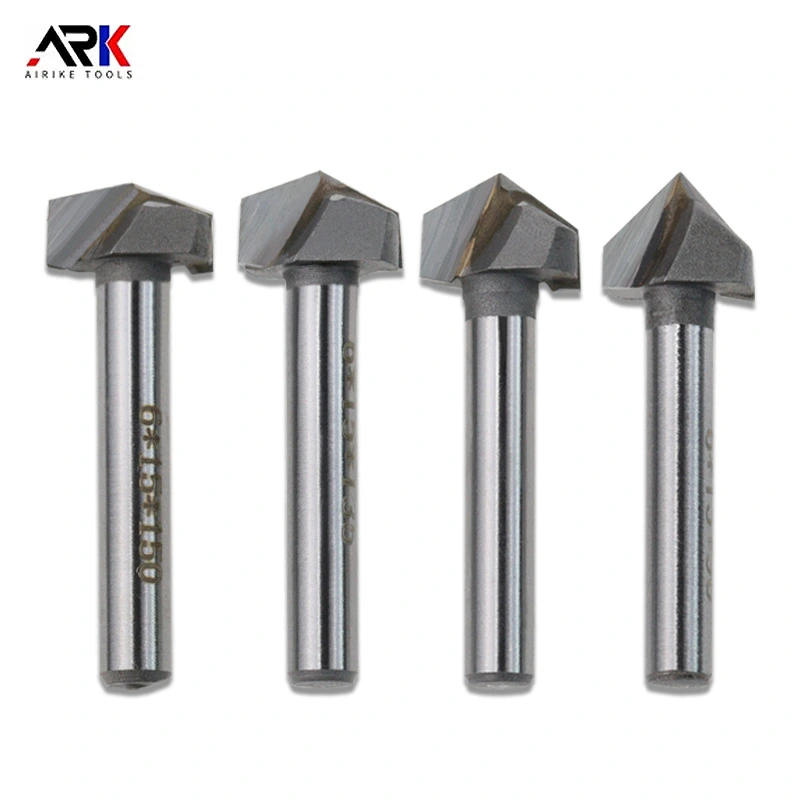
3. Application areas
Woodworking milling cutters
Woodworking milling cutters are mainly used for processing planes, forming surfaces, mortises, tenons, slots and carvings in joinery production. Its design features enable it to cut wood efficiently while ensuring processing accuracy and surface quality.
Metal milling cutters
Metal milling cutters are widely used in the cutting of metal materials, such as steel, cast iron, non-ferrous metals, etc. They can complete tasks such as cutting, grooving, beveling and complex curved surface processing.
4. Cutting performance
Woodworking milling cutter
Due to the relatively low hardness and density of wood, woodworking milling cutters usually do not need to withstand excessive cutting force during the cutting process. Therefore, the design of woodworking milling cutters pays more attention to the sharpness of the cutting edge and the chip removal performance.
Metal milling cutter
Metal materials have higher hardness and density, and need to withstand greater cutting force and cutting temperature during the cutting process. Therefore, the design of metal milling cutters pays more attention to wear resistance, heat resistance and cutting efficiency.
The above is the difference between woodworking milling cutters and metal milling cutters. There are significant differences between woodworking milling cutters and metal milling cutters in design, material selection, application fields and cutting performance. These differences make them suitable for cutting wood and metal materials respectively to meet different processing needs.
- How to Choose Chamfering Cutter Brands? Three Steps to Find the Right Fit
- What are the parameters for graphite milling cutters?
- Is a spiral or straight flute woodworking milling cutter better for edge trimming?
- Can diamond-tipped Engraving Machine Milling Cutters handle ultra-fine detail engraving?
- How to Improve the Processing Efficiency of Woodworking Milling Cutters?
- What is the welding process for Welded Milling Cutters?
Contact Us
Paibang Industrial Zone, Henggang Town, Longgang District, Shenzhen
Copyright © 2025 Shenzhen Zhongyeda Precision Technology Co., Ltd. All Rights Reserved.


